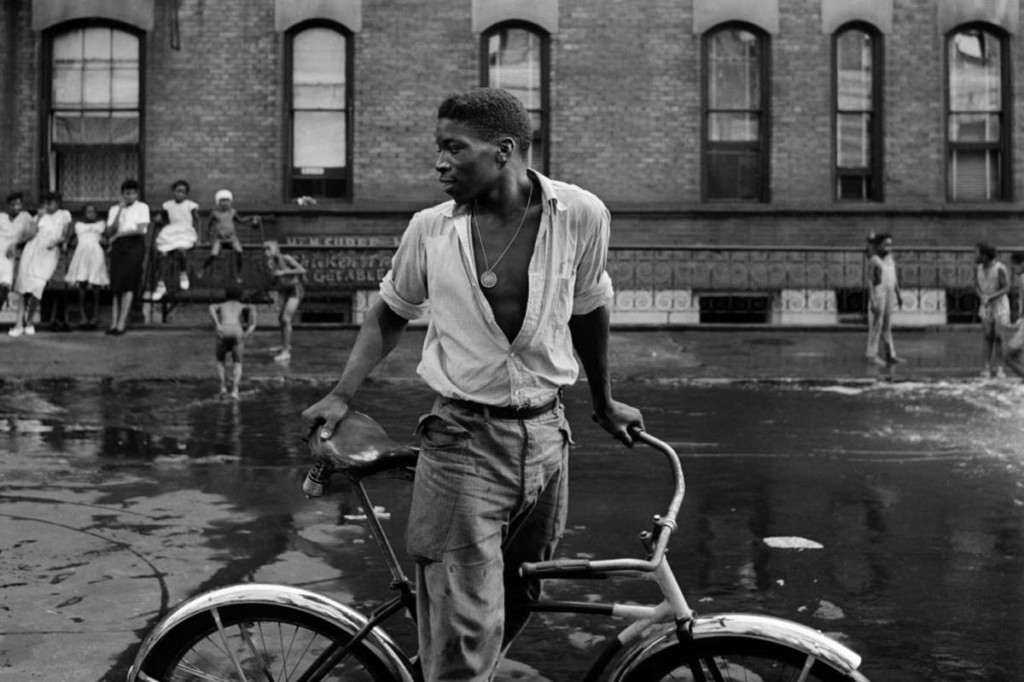Framing Streets Things To Know Before You Buy
Table of ContentsThe Definitive Guide to Framing StreetsSome Of Framing StreetsWhat Does Framing Streets Do?Framing Streets Things To Know Before You Get This7 Easy Facts About Framing Streets ExplainedA Biased View of Framing Streets
Photography style "Crufts Pet dog Show 1968" by Tony Ray-Jones Street digital photography (additionally sometimes called honest digital photography) is photography carried out for art or inquiry that features unmediated opportunity encounters and arbitrary occurrences within public places, usually with the objective of catching pictures at a definitive or emotional moment by careful framework and timing. 
The smart Trick of Framing Streets That Nobody is Discussing
Susan Sontag, 1977 Road photography can concentrate on individuals and their actions in public. In this respect, the street digital photographer is similar to social docudrama professional photographers or photographers who also work in public locations, yet with the purpose of capturing relevant occasions. Any one of these professional photographers' pictures may catch individuals and residential or commercial property visible within or from public locations, which usually requires navigating ethical concerns and laws of privacy, protection, and home.
Depictions of day-to-day public life form a genre in virtually every duration of world art, starting in the pre-historic, Sumerian, Egyptian and very early Buddhist art durations. Art managing the life of the street, whether within views of cityscapes, or as the dominant concept, shows up in the West in the canon of the Northern Renaissance, Baroque, Rococo, of Romanticism, Realism, Impressionism and Post-Impressionism.
The Basic Principles Of Framing Streets
Louis Daguerre: "Blvd du Temple" (1838 or 1839) In 1838 or 1839 the initial photograph of figures in the road was taped by Louis-Jacques-Mand Daguerre in among a set of daguerreotype sights taken from his studio home window of the Blvd du Temple in Paris. The 2nd, made at the height of the day, shows an uninhabited stretch of road, while the various other was taken at regarding 8:00 am, and as Beaumont Newhall records, "The Boulevard, so regularly full of a moving throng of pedestrians and carriages was perfectly singular, other than a person that was having his boots brushed.
As a result his boots and legs were well defined, however he is without body or head, since these were in movement." Charles Ngre, waterseller Charles Ngre. https://allmyfaves.com/framingstreets1?tab=Framing%20Streets was the very first photographer to achieve the technical refinement needed to sign up people in activity on the street in Paris in 1851. Digital Photographer John Thomson, a Scotsman dealing with journalist and social protestor Adolphe Smith, published Street Life in London in twelve regular monthly installments beginning in February 1877
Getting My Framing Streets To Work
Eugene Atget is concerned as a progenitor, not due to the fact that he was the initial of his kind, yet as a result of the popularisation in the late 1920s of his record of Parisian roads by Berenice Abbott, that was inspired to embark on a similar paperwork of New york city City. [] As the city created, Atget aided to advertise Parisian roads as a deserving topic for digital photography.

Some Ideas on Framing Streets You Should Know
Between 1946 and 1957 Le Groupe des XV annually exhibited job of this kind. Andre Kertesz. Circus, Budapest, 19 May 1920 Street digital photography formed the major material of 2 events at the Gallery of Modern Art (Mo, MA) in New york more city curated by Edward Steichen, Five French Digital Photographers: Brassai; Cartier-Bresson, Doisneau, Ronis, Izis in 1951 to 1952, and Post-war European Photography in 1953, which exported the principle of road digital photography worldwide.

The Definitive Guide to Framing Streets
The recording machine was 'a surprise video camera', a 35 mm Contax concealed under his coat, that was 'strapped to the chest and connected to a long cable strung down the appropriate sleeve'. His job had little contemporary impact as due to Evans' level of sensitivities concerning the creativity of his project and the personal privacy of his topics, it was not released till 1966, in the publication Many Are Called, with an introduction written by James Agee in 1940.
Helen Levitt, after that a teacher of young children, linked with Evans in 193839. She documented the transitory chalk drawings - 50mm street photography that belonged to youngsters's road society in New York at the time, along with the children who made them. In July 1939, Mo, MA's brand-new digital photography area included Levitt's operate in its inaugural eventRobert Frank's 1958 publication,, was substantial; raw and often indistinct, Frank's photos questioned conventional digital photography of the time, "challenged all the formal guidelines laid down by Henri Cartier-Bresson and Walker Evans" and "contradicted the wholesome pictorialism and sincere photojournalism of American magazines like LIFE and Time".